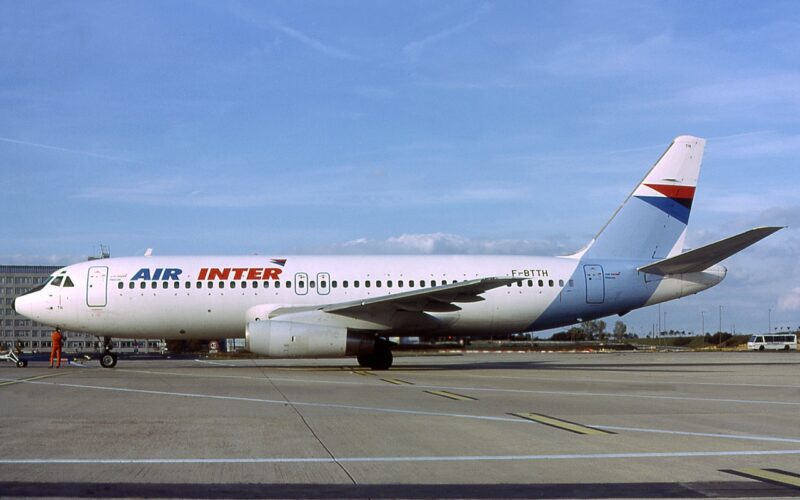The dawn of the jet age brought with it a range of new aircraft designed for a variety of missions. From short-haul narrowbodies to hopes of building airplanes that could carry more passengers and travel further and faster than ever before, the arrival of jet-powered passenger aircraft opened the floodgates to discovery, innovation, and modern design.
Boeing had led the way with the development of its early jetliners – the Boeing 707, 720 and tri-jet 727. However, when airlines worldwide called for a smaller twinjet version of the 727, the illustrious 737 family was born, with the first flight of this game-changing aircraft taking place in 1967. The 737 has since become the most popular commercial jet aircraft ever produced. Around 17,000 have been built and it is still in production today.
Other manufacturers saw what was happening with the 737 and tried to compete by designing and building their own narrowbody twinjets. Some were successful to a degree, the Douglas DC-9 family being probably the most notable example. Others, including the Sud Aviation Caravelle and the British Aircraft Corporation One-Eleven which were also competing in the same market, ultimately fell short of the 737’s soaring success.

However, there was one aircraft that, despite bearing a strong resemblance to the Boeing 737, failed to attract any real interest. With only 12 examples ever built, it has become infamous as one of the most spectacular commercial failures in the history of commercial aircraft design.
AeroTime examines the story behind the spectacular rise and fall of the Dassault Aviation Mercure – a French competitor to the Boeing 737 that promised so much on paper but ultimately failed to take off.
Why was the Mercure designed?
Having noted the increasing dominance of the Boeing 737 in the short-haul airliner market during the late 1960s and early 1970s, French aircraft manufacturer Générale Aéronautique Marcel Dassault (GAMD), known today as Dassault Aviation (‘Dassault’), announced its desire to enter the commercial aviation market. This was an unprecedented step for the company, which had only produced military aircraft and light business jets up until that point. Now, Dassault decided to meet the challenge head-on by launching its own aircraft onto the market, hoping to capture some of the booming demand for this type of aircraft.
Given the huge costs involved in designing and constructing an all-new aircraft, the company enlisted assistance from other aerospace companies, as well as seeking financial assistance from the French Government. Indeed, in many ways, the development of the Dassault Mercure would set the benchmark for what would become Airbus Industrie in the years that followed.
Dassault joined forces with Fiat (Italy), CASA (Spain), ADAP (Belgium), Emmen (Switzerland), and Canadair (Canada) to form a consortium that could take the Mercure from the drawing board into the air. The consortium aimed to build a faster alternative to the Boeing 737 that could attract the custom of European and US airlines, as well as those further afield. The proposed aircraft was an airliner with a capacity for 110 to 120 passengers.

The first stage of development was to identify the target market. Analysts at Dassault conducted a detailed study that found that a significant number of routes being operated by 737s covered domestic short-haul routes distances. The study examined 3,500 routes and discovered that 80% of them were of a stage length of 940 miles (1,500km) or under.
Further analysis forecasted that, between 1973 and 1980, the market would require around 1,500 aircraft that could each transport between 130 and 150 passengers, with fuel efficiency and short frequent sectors seen as the key to commercial success. The company considered several aircraft designs, configurations, and powerplant options (including using Rolls-Royce Spey engines already in use on the BAC One-Eleven).
The design that was finally settled upon was a low-wing twinjet with a pair of Pratt & Whitney JT8D turbojets slung under the wings. These tried-and-tested powerplants had already been in service with the Boeing 737 and DC-9 for several years at this point, and they enabled Dassault to develop a slightly larger and faster aircraft than planned, seating up to 150 passengers with a larger wing offering an extended range.
The new aircraft would be called ‘Mercure’, as decided by the company’s founder Marcel Dassault who wanted to name the new aircraft after a mythological figure. Dassault opted for Mercure (or ‘Mercury’ in English), a Roman god with a winged helmet and sandals allowing high-speed travel.
Specifications
The Mercure was to be flown by a crew of three, two pilots and a flight engineer, and have a maximum capacity of 162 passengers in an all-economy layout. In terms of dimensions, it was 34.84m (114 ft 4 in) long and 11.36 m (37 ft 3 in) high, with a wingspan of 30.55 m (100 ft 3 in).
The aircraft would have a maximum take-off weight of 56,500 kg (124,561 lb) with a fuel capacity of 18,400 liters (4,900 US gal / 4,000 imp gal), and be powered by a pair of Pratt & Whitney JT8D-15 low bypass turbofan engines, each capable of generating 7,000kg (15,500 lbs) of thrust.

Julien Scavini / WikimediaCommons
The Mercure had a maximum speed of 437 mph (704 km/h) and a normal cruising speed of 575 mph (926 km/h). Its maximum range was 1,295 miles (2,084 km), allowing for 4,100 kg (9,000 lb) of fuel reserves with a maximum certified service ceiling of 12,000m (39,000 ft).
The higher passenger capacity of the Mercure over the Boeing 737 (162 versus 130) meant that it could carry more people than its US rival, although operating with this number of passengers did reduce the Mercure’s range capability.
The Mercure’s maiden flight
The Mercure’s first flight took place from Bordeaux-Merignac Airport (BOD) on May 28, 1971. It was operated by a crew of three – Dassault’s Chief Pilot Jean Corout, First Officer Jerome Resal, and Test Engineer Gerard Joyeuse. The Mercure’s test program continued smoothly throughout 1971 without any major issues or the need for any significant redesigns. (Note: the video below has no audio).
By the end of 1971, sales teams for Dassault were crisscrossing the globe and attending air shows to meet with potential airline customers, extolling the virtues of their company’s new jet. In the meantime, in anticipation of large orders rolling in for the Mercure, Dassault established four factories to facilitate production on a large scale. These factories were located in Poitiers, Seclin, Martignas and Istres.
On January 30, 1972, almost a year after the Mercure’s maiden flight, the first firm orders for the aircraft were received from the French domestic airline Air Inter (subsequently absorbed into Air France in 1997). Initially, the airline ordered 10 Mercures, which the carrier saw as an ideal aircraft to use on its domestic network within France. The type entered service with the carrier on June 4, 1974, performing a flight between Paris-Orly Airport (ORY) and Toulouse-Blagnac Airport (TLS) in southwest France (now home to Airbus).
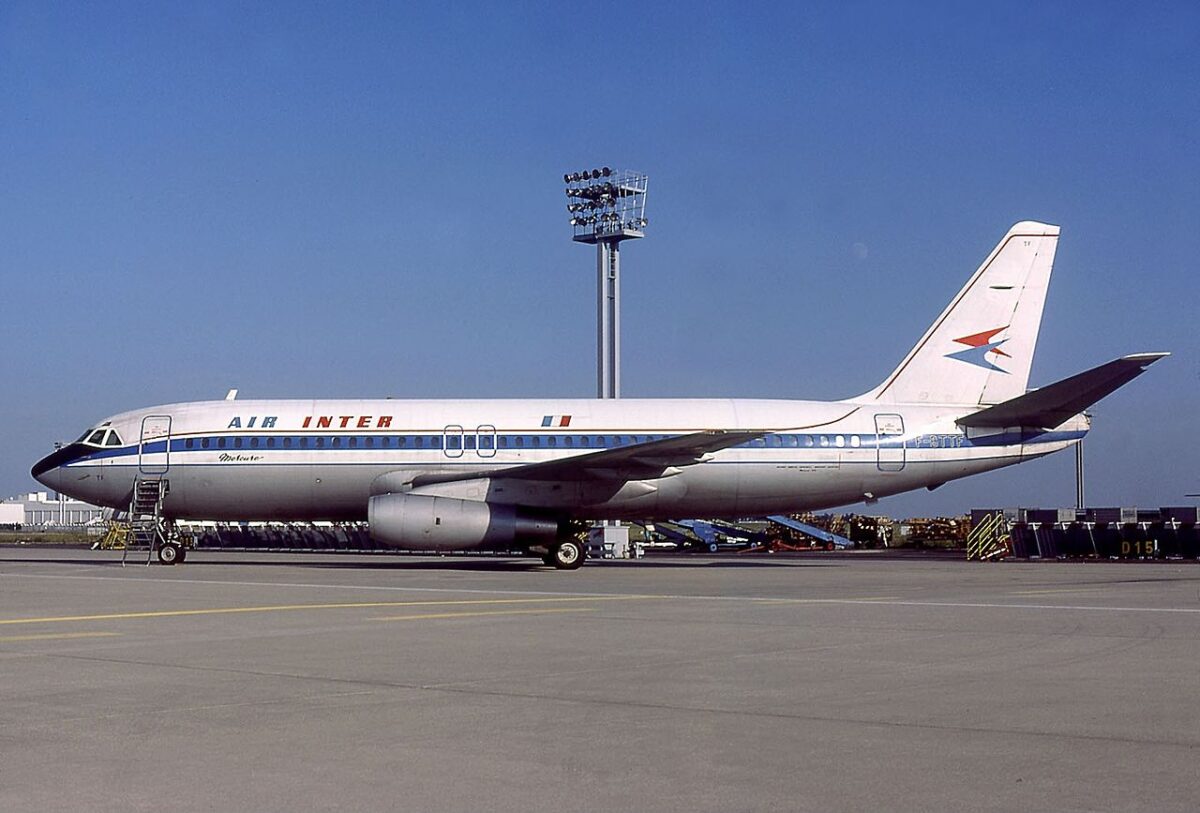
However, after the celebrations for the type’s first commercial flight were over, the mood at Dassault quickly darkened. With just ten aircraft on the order books from Air Inter, there was little interest being shown by any other airline, and executives at Dassault were already staring at a potential commercial failure of colossal proportions.
An overwhelming lack of interest
Coming several years after the Boeing 737 and the Douglas DC-9, both of which had been hugely popular among airlines worldwide and sold in their hundreds, the Mercure was entering a market that was already well served by its two US competitors. These two aircraft in question had garnered popular support among passengers and loyalty among operators. In response, Dassault pivoted its focus to market the Mercure as a potential successor to the Douglas DC-9. However, Dassault had faced a huge uphill battle to gain orders from the outset, particularly in the US market where airlines were fiercely loyal to airplanes made by US-based companies,
Along with this, various economic and geopolitical events prevalent in the early 1970s made selling jet aircraft, particularly in the US, increasingly challenging for Dassault. Such factors included the devaluation of the US dollar and the global oil crisis, sparked when OPAEC (Organization of Arab Petroleum Exporting Countries) announced that it was implementing a global sale embargo against countries that had supported Israel during the 1973 Yom Kippur War.
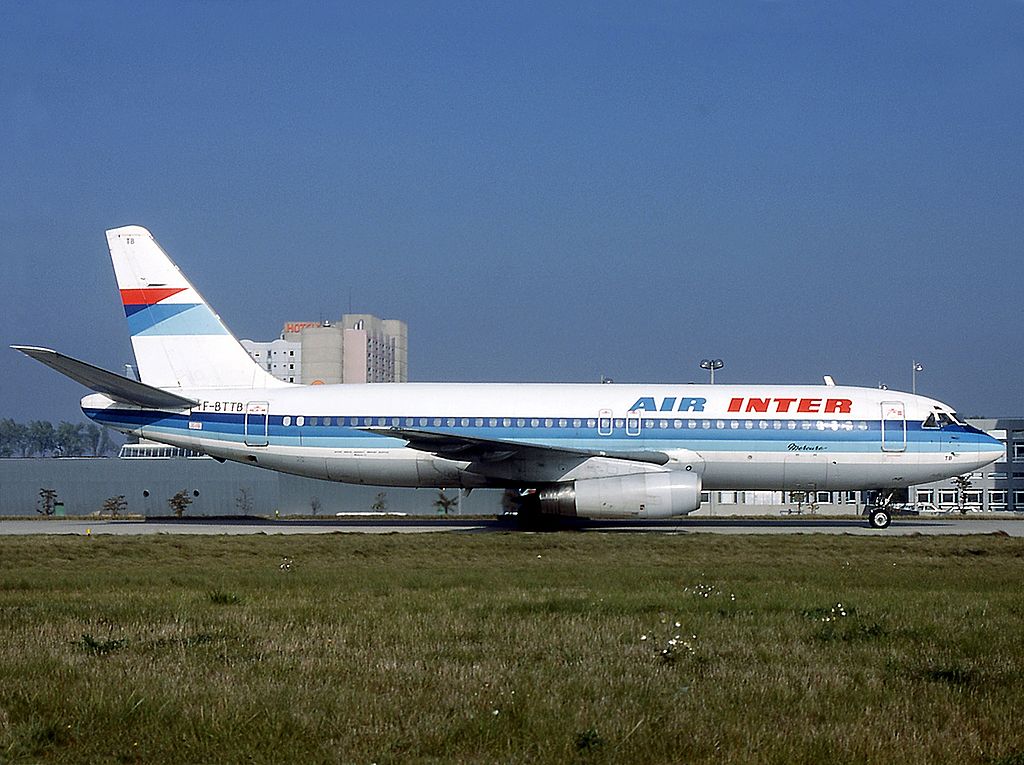
As supplies of crude oil dried up, the resulting steep rise in oil prices had a huge impact on airline profitability, limiting carriers’ ability to acquire new aircraft. Stuck with the aircraft that they were already operating, the airline industry began redeploying short-haul aircraft on longer routes – something the Mercure, unlike the 737, simply did not have the range for.
With the prospect of no further orders being placed for the Mercure and with the order for the initial Air Inter aircraft fulfilled, Dassault took the tough decision to close the Mercure assembly lines on December 19, 1975. The decision came just over four years since the type had first flown to much fanfare in Bordeaux in May 1971.
Service history
Air Inter, with its 10 aircraft, would become the only ever airline operator of the Dassault Mercure. Indeed, one of the two prototypes Dassault had built for the Mercure’s development program would later be added to the Air Inter fleet in addition.
Given the high costs involved in operating such a niche fleet of airplanes, the French Government agreed to pay a subsidy to Air Inter to continue flying the home-grown plane long after the airline had considered scrapping them. Air Inter would also fly the nascent Airbus A300 alongside its Mercure fleet, although the latter would be replaced in the mid-1980s by the new fly-by-wire Airbus A320.
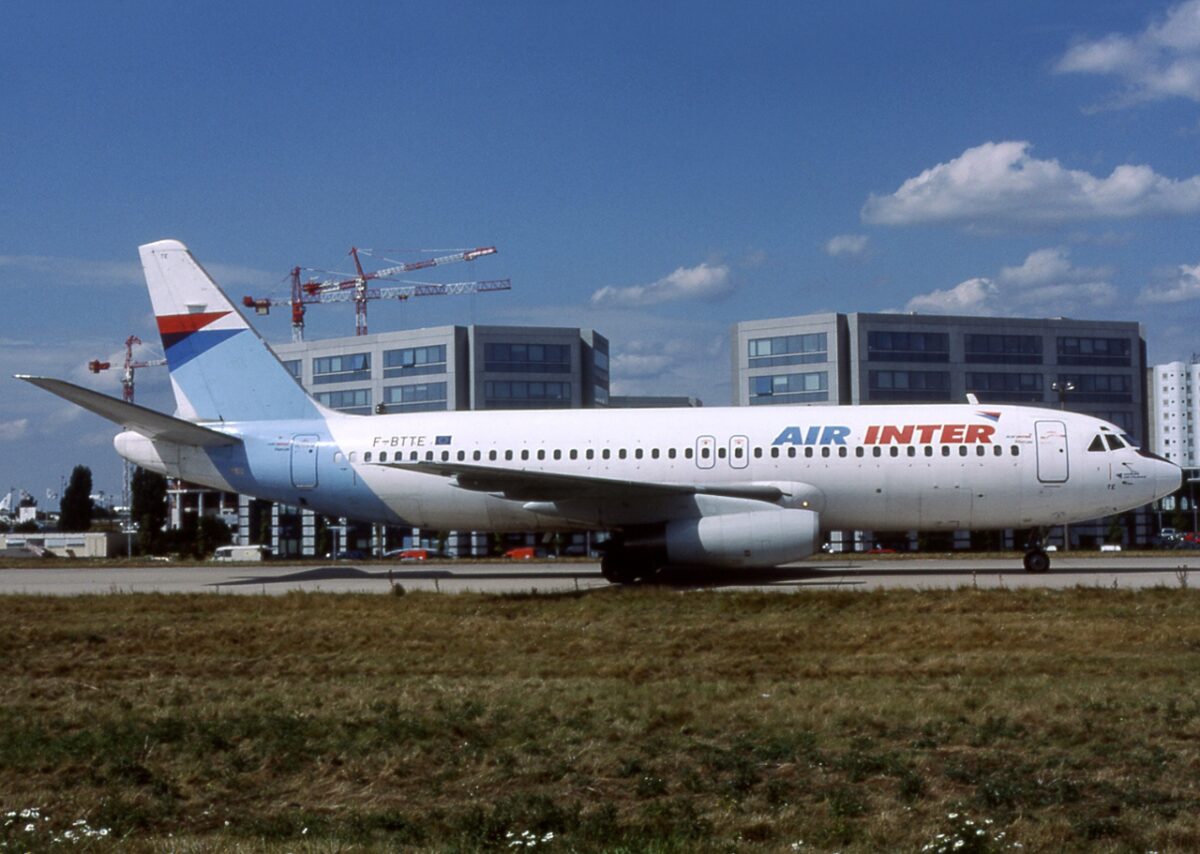
Despite a promising start to its flying career, and then securing an order from an airline on home soil to get the program up and running, Dassault only ever produced 12 Mercures. Air Inter began withdrawing the type from its schedules in 1992 and on April 29, 1995, the carrier’s last two Mercures operated their final commercial flights and were retired from service.
Throughout the Mercure fleet’s combined cumulative operational lifetime, the type accumulated a total of 360,000 flight hours, during which 44 million passengers were flown on 440,000 individual flights without any accidents occurring. The type also had a 98% despatch reliability – an impressive figure for the era.
Why did the Mercure program fail?
Ultimately, there can be no denying that the Mercure program was an unmitigated commercial disaster for Dassault. With just 10 airframes sold, the company’s order book fell significantly short of the program’s break-even point of 150 aircraft. Dassault itself is thought to have survived only with support from the French Government.
The Mercure was a case of the wrong aircraft at the wrong time. In the first half of the 1970s, with many airlines failing, those that survived steered away from ordering new airplanes. Those who did place orders tended to stick with manufacturers they knew and trusted in the form of Boeing and Douglas.
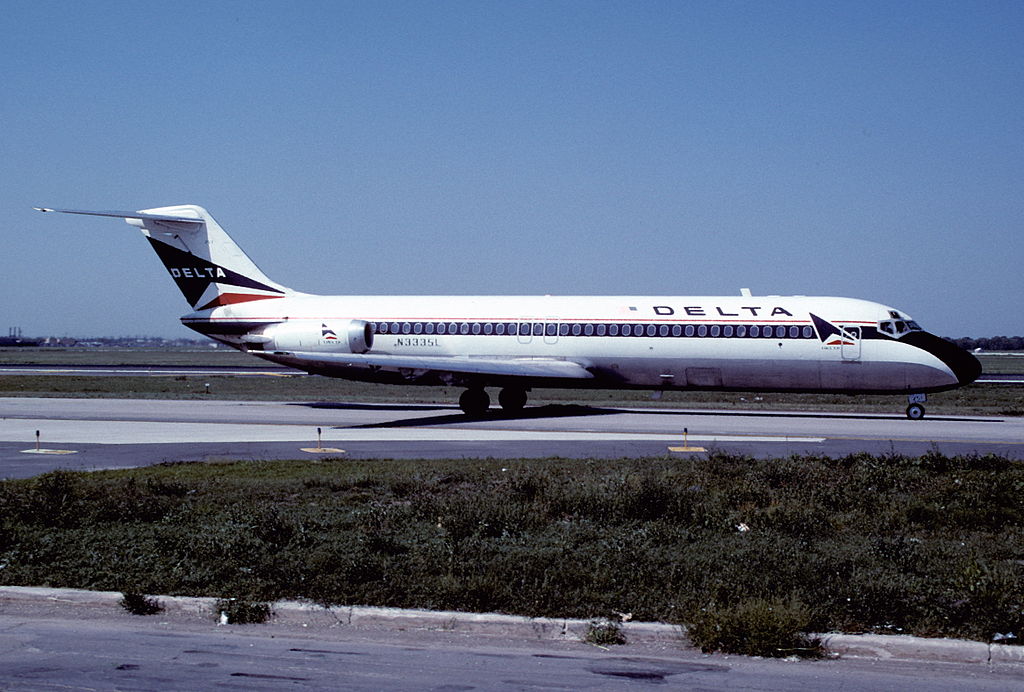
The Mercure also received criticism for its lack of network adaptability, with its ultra-short range making it suitable only for a limited number of routes. Dassault also experienced many airlines claiming that the plane used engines that were becoming outdated, rendering them loud and inefficient in terms of fuel economy – a critical factor during the 1973 oil crisis and the years of austerity that followed.
To try to revive the Mercure program, Dassault went back to the drawing board to design an updated version, known as the Mercure 200. The new variant was to be powered by a pair of Snecma/General Electric CFM56 engines (later also used on the A320 and 737 Classic families).
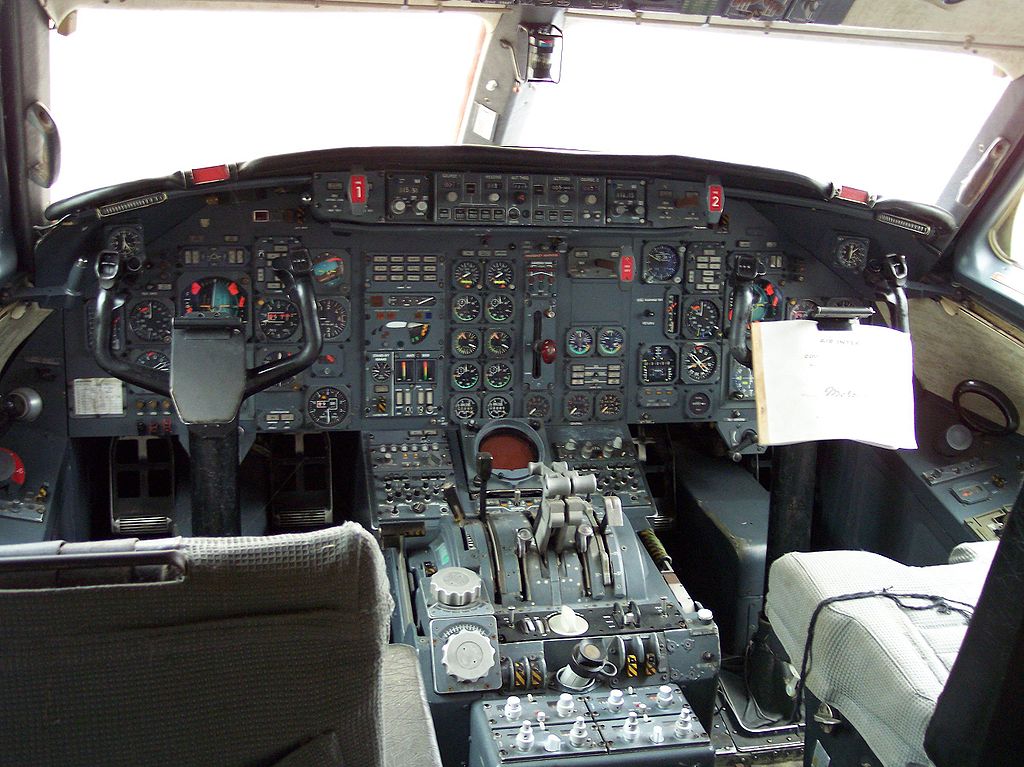
However, the proposed updated model caught the attention of very few airlines, apart from Air France which expressed only a passing interest. This was not enough to justify another tranche of development costs. With Dassault having learned its lesson with the original version of the Mercure, the Mercure 200 concept was quickly abandoned.
European commercial aviation manufacturers would go on to learn from the mistakes made by the Mercure program. The first flight of the Airbus A300 took place on October 28, 1972 – an event that paved the way for the thousands of Airbus aircraft that have rolled off the production line in the 52 years since.
Where are they now?
Six of the 12 Mercures produced by Dassault remain in existence and are on display at sites in Germany and France. Five remain on home soil, while a sixth remains on public daily in a German aviation museum, as a testament to pan-European endeavor and cooperation. Sadly, none of the six remain airworthy. The remaining six airframes were scrapped once retired from service with Air Inter.
Of the six that remain, their whereabouts and details are as follows
F-BTTB (construction number 2) – first flew on May 2, 1974, and is currently on display at the Speyer Technik Museum in Germany.
F-BTTD (construction number 4) – first flew on July 22, 1974, and is currently on display at Musée de l ‘Air et de l’Espace at Paris-Le Bourget Airport.

F-BTTE (construction number 5) – first flew on September 11, 1974, and is preserved at the ESMA Aviation Academy as a ground trainer at Montpellier Frejorgues Airport (MPL).
F-BTTG (construction number 7) – first flew on December 31, 1974, and is now partially preserved (forward fuselage only) at the Musée de l’Épopée de l’Industrie et de l’Aéronautique (Albert) at Morlaix-Ploujean Airport (MXN).
F-BTTH (construction number 8) – first flew on February 11, 1975, and can be seen at Marseille-Provence Airport (MRS) where it is used as a ground trainer aircraft for airport personnel.
F-BTTI (construction number 9) – first flew on March 17, 1975, and is on display at Bordeaux-Mérignac Airport (BOD) as an instructional airframe at the University of Bordeaux.

Conclusion
Although the Dassault Mercure set out to take on the US-based aircraft manufacturers, its ambitions were simply too lofty and its performance too limited to ever make a significant dent in its rivals’ sales figures. Becoming available at a time when airlines were already fully complemented with new narrowbody short-haul planes, or were simply not spending due to constrained finances, the Mercure simply had nowhere to go, other than finding a niche purpose with a carrier in its own backyard.
Thankfully, examples of the Mercure still exist to preserve the type’s memory and cement its place in the aviation history books. Sadly though, the Mercure is often remembered for negative reasons, standing as a testament to a commercial aircraft program failure of epic proportions.

However, despite this, since the failure of the Mercure project, Dassault has gone on to become one of France’s aviation and defense success stories, exporting its products to customers worldwide. These include military, space, and defense hardware as well as a globally renowned family of private jets.
The history of aviation is littered with the stories of aircraft that have tried and failed to carve a niche for themselves. But who knows – without the cooperative international spirit behind the Dassault Mercure, would the world ever have witnessed the spectacular rise of Airbus and its products in the decades since?

